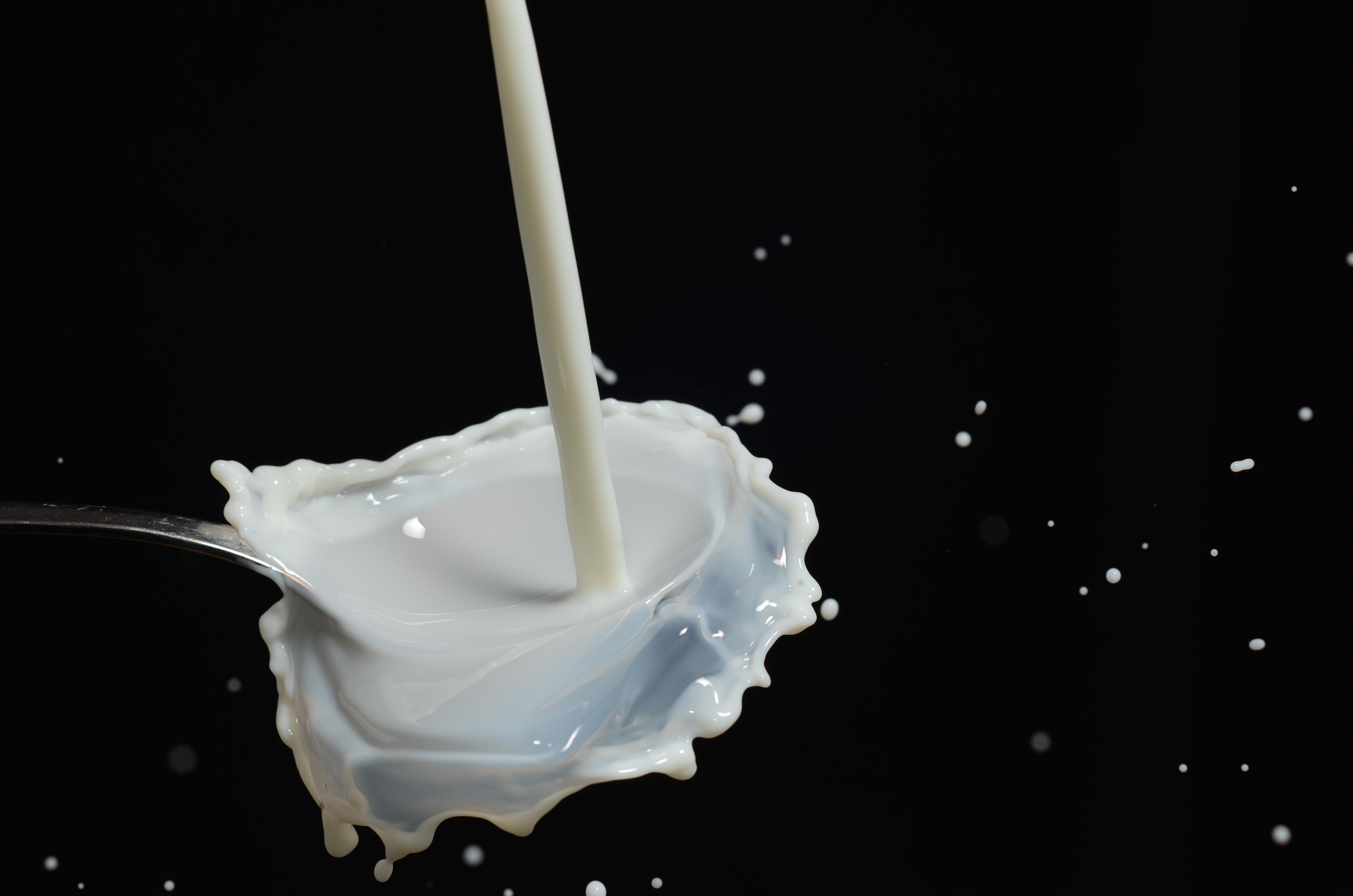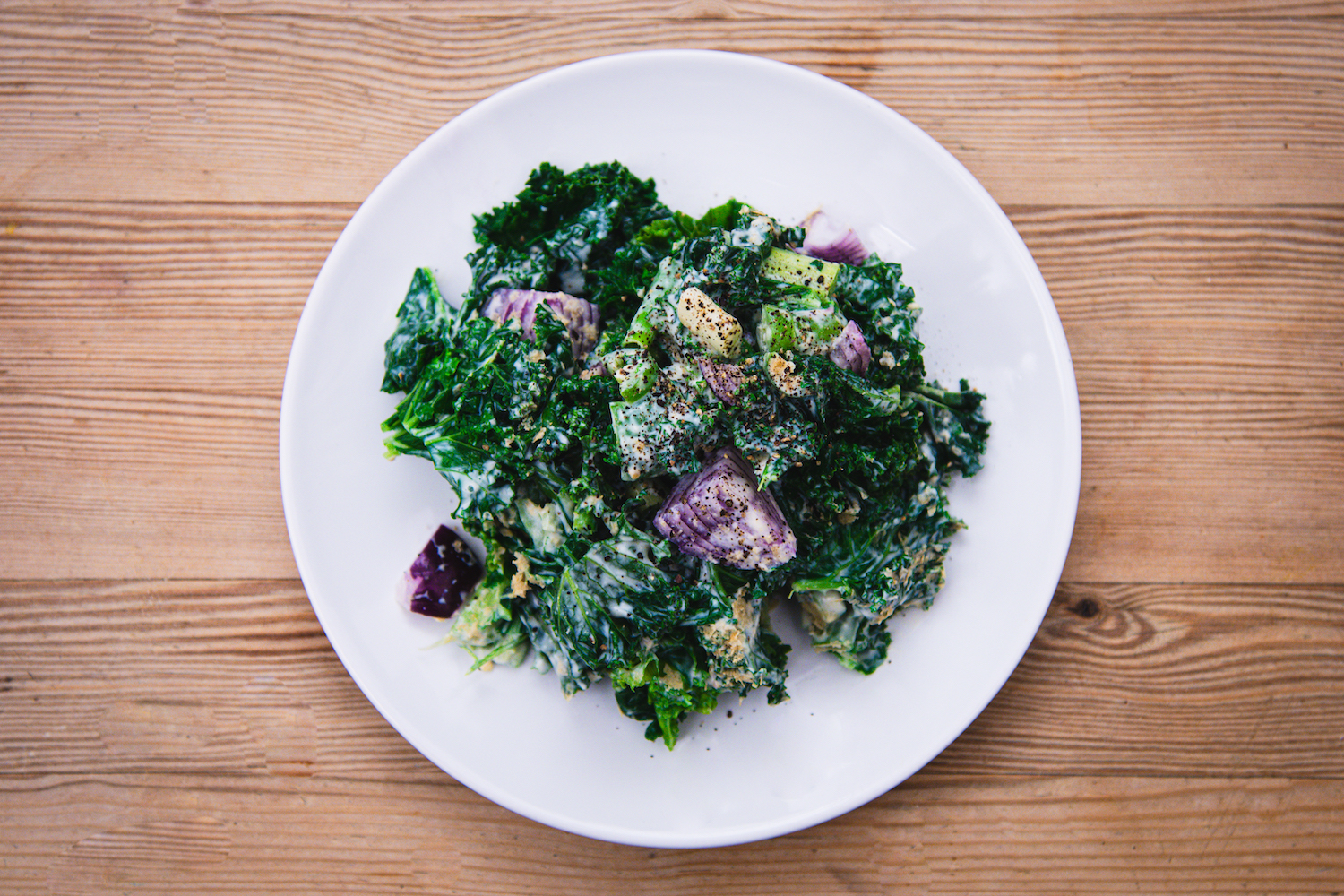Lactose intolerant? We might have some good news for you: a new microbiome study may have found a way for lactose intolerant people to lessen their digestive symptoms and enjoy dairy again. Sounds good, right? Here’s what you need to know about prebiotics, probiotics and your lactose intolerance.
After childhood, about two-thirds of us lose the ability to digest milk. This is because lactase production by the gene LCT declines after infancy. For these lactose intolerant people, consuming food items containing lactose induces abdominal pain, diarrhea and intestinal distension1. If you’re one of them, you may know all about the uncomfortable tummy problems. Nevertheless, there may be hope yet – scientists are working on a solution and it may not be too long before it’s implemented.
Boosting the lactose lovers of the gut
Bacterial members of the human gut microbiome provide a myriad of health benefits including supporting the immune system and protecting us from pathogens2. However, when you’re unable to produce the intestinal lactase that is necessary to break down foods that contain lactose, your gut will still end up unhappy if you treat it to lactose-filled treats. Even if you’re born with lactose tolerance, you can lose the ability later in life, or if the small intestine is damaged by diseases like Crohn’s Disease or bacterial overgrowth3. In the future, the way to deal with that might be prebiotic or probiotic treatments.
The idea behind using GOS as a treatment is that the bacteria digest the lactose and produces a different byproduct – lactic acid – instead of gas.
By administering foods containing prebiotics, it has been observed that symptoms of lactose intolerance decrease. Galacto-oligosaccharides (GOS) are prebiotics and are defined as non-digestible food ingredients that benefit the host by stimulating the good bacteria in the intestines4. In lactose intolerant people, they help when GOS induced changes of the microbiome boost abundance of lactose-fermenting species like Bifidobacterium, Faecalibacterium, Lactobacillus and Roseburia5.
Prebiotics for the lactose-fermenting gut bugs
One study observed that, by feeding a high-purity GOS (>95%) to participants, lactose intolerant related symptoms were improved. In responsive subjects, a significant shift in the microbiome composition was observed, but, not only the regular good gut bugs appeared to be happier, the lactose-fermenting microbes also seemed to increase in abundance. An increase in Bifidobacterium, Lactobacillus and Faecalibacterium – all lactose-fermenting bacteria – was seen, and 50% of the participants with abdominal pain at baseline reported no abdominal pain at the end of the treatment with GOS. Subjects fed GOS were also six times more likely to claim lactose tolerance post-treatment after dairy foods had been reintroduced into their diets6.
The idea behind using GOS as a treatment is that the bacteria digest the lactose and produces a different byproduct – lactic acid – instead of gas. Lactic acid doesn’t have any nutritional value; however, it doesn’t induce the unpleasant symptoms that people with lactose intolerance suffer from. GOS feeding is all about adapting the microbiome to beneficial lactose-fermenting bacteria that do not produce gas6.
The possibilities of probiotics
Have you ever wondered why you might feel less bloated after eating yoghurt compared to drinking a glass of milk? Well, studies have indicated that lactose intolerant people are able to stomach the lactose in yoghurt better than the same amount of lactose in milk. This is largely agreed to be due to the fact that yoghurt contain lactase-producing bacteria, especially Lactobacillus acidophilus – long known to contribute to the digestion and absorption of lactose. Other species such as Lactobacillus bulgaricus and Streptococcus thermophilus also produce lactase7.
In a pilot study, they tested how that may influence the lactose absorption in lactose intolerant individuals. Six patients were treated for six months with probiotics that contained lactase and/or β-galactosidase activity. The results showed a significant improvement in most of the symptoms compared to baseline. Bloating, flatulence, abdominal pain and constipation were all improved, while diarrhea was the only symptom that was not improved.
Even if you’re born with lactose tolerance, you can lose the ability later in life or if the small intestine is damaged by diseases like Crohn’s Disease or bacterial overgrowth
As promising as these results look, the scientists stress that this is still only a pilot study and, given the small sample size and a lack of control group, the results should not be seen as conclusive just yet. However, it does indicate a trend, such that further studies into the use of probiotics as treatment for lactose intolerance may reveal real treatment options7.
Using our microbiome to personalise our food
These studies all sound very promising and, while dairy ice-cream may not quite be back on the menu just yet, there is hope that by modulating the microbiome with GOS or by using probiotics with lactase activity, lactose intolerant people can lessen the symptoms and enjoy dairy again – if they desire. Nevertheless, there are currently numerous dairy-free, plant-based sources of everything you can possibly imagine: think vegan ice-cream, coconut yoghurt, you name it! It’s really not a loss to forgo dairy altogether – it’s probably better for you and the planet. Still, these findings offer up notable clues into how our body responds to various foods, something scientists can definitely apply in the future personalisation of our food.



